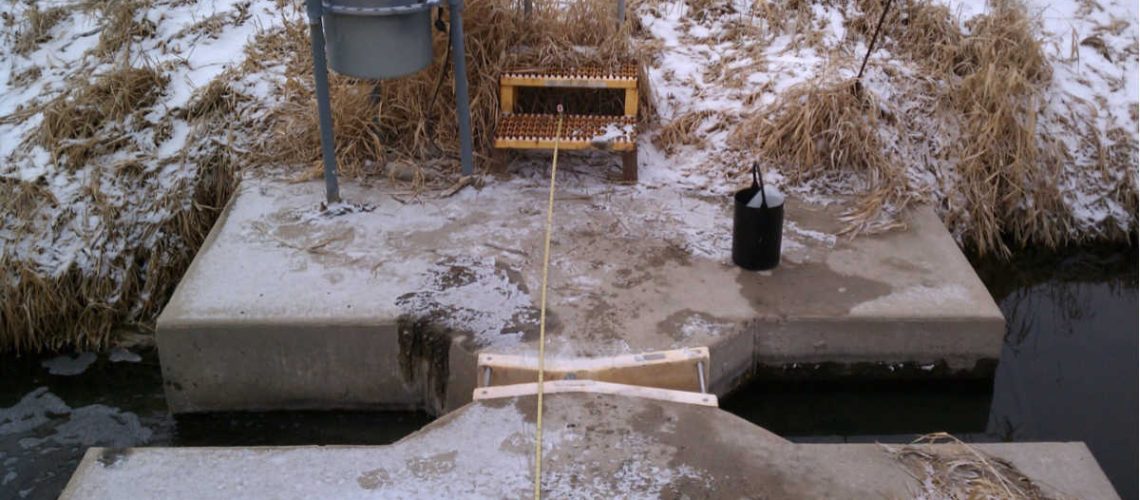In order for a flume or weir to work properly, the flow going through needs to be uniform and at the proper velocity. That’s the only way to take the accurate measurements you need to apply to flow rate formulas. Waves can get in the way of that, creating turbulence that throws your readings off. Learn about the benefits of turbulence suppression in flumes and weirs, and discover how to do it on your device.
The Turbulence Problem
Turbulence occurs when the surface of your flow has waves. Waves can be caused by a variety of factors, though they’re not always a problem. Some waves are so minor that they don’t really affect your readings to any significant degree. Heavy winds can cause these minor waves, but that’s not really what you should be on the lookout for.
The big problem is large waves functioning as three-dimensional eddies that form and disappear seemingly randomly. These can be caused by problems upstream that throw off the flow’s velocity, or sediment deposits and debris along the banks of the channel. Among the most common problems is elevation change due to settled debris. Whatever the cause, turbulence can cause error measurements of generally 10% to 20%. Of course, if the turbulence is bad enough, you’ll be hard-pressed to take any measurements at all.
Stilling Wells
You can dampen waves using a variety of wave suppression devices and accessories. One of the most popular is a stilling well. A stilling well functions as an additional chamber for your measurement device that isolates part of the flow. The isolated part of the flow should behave just like a normal flow in the main flume would. The only difference is that the stilling well’s water won’t be experiencing turbulence.
Measuring using a stilling well is a great way to get around turbulence, but there are some potential problems. You’ll have to deal with lag, which is the time it takes for the stilling well level to match what’s going on in the flow channel. To reduce lag, you’ll want to set the stilling well as close to the flume as possible. If you connect it with a pipe, the lag will increase the longer the pipe is.
Wave Suppressors
When you’re looking to stop the turbulence going on in your flume, you’ll need to implement some wave suppressors. These add-ons can do a lot to limit the intensity of the waves in both large and small channels. In fact, wave reduction can be as high as 93% in some circumstances, which can put your measurements well within acceptable margins of error.
Wave suppressors can be especially useful when implementing a stilling well isn’t possible. Sometimes, there’s simply no room in the channel to put a stilling well, and other circumstances can make a stilling well faulty, such as a flow with a lot of debris. In those scenarios, you’ll have much better results with wave suppressors.
Conquering Turbulence With Tracom
At Tracom, we’re happy to help with all of your turbulence suppression needs in flumes and weirs. We have a catalog of accessories including weir boxes available along with a team that can help you use them properly. Contact us today to learn more!
Read More
Chemical Contact Weirs
What Are Chemical Contact Weirs?
Chemical contact weirs are critical components in water treatment systems, designed to facilitate the efficient introduction and distribution of chemicals into water flows.
Chlorine Shelters
What are Chlorine Shelters?
A chlorine shelter is a specialized enclosure designed to safely house and contain chlorine and/or chlorine equipment used in industrial and municipal applications.



